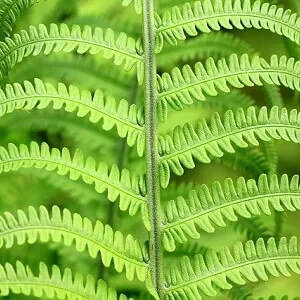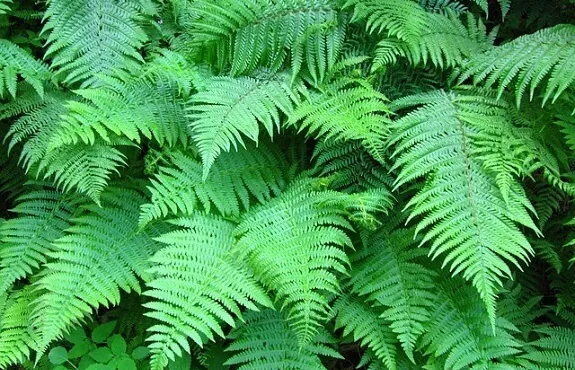 Ferns are fabulous and make a beautiful addition to your garden. Having been around for millions of years, ferns usually grow in the forest, in rocky hills and in sand. Growing ferns in pots is also possible. You can grow it with other plants or you can mix it with other flowers.
Ferns are fabulous and make a beautiful addition to your garden. Having been around for millions of years, ferns usually grow in the forest, in rocky hills and in sand. Growing ferns in pots is also possible. You can grow it with other plants or you can mix it with other flowers.
You don’t have to worry about growing ferns in garden pots. This plant is not needy as it only needs little maintenance and can be useful to fill in the gaps in your container garden. Though it is not of major importance economically, it can be gathered for food, research, medicine and even for ornamentals which could also benefit you especially when you have it at home.
Though ferns could be grown in pots, you have to remember that since it grows well in a moist condition, it will dry faster in containers than those planted directly on the ground. Proper watering should be given; too much or too little watering is bad.
Preparation
- Soil – Make sure that the soil holds moisture, drains well and is rich in organic matter. Remember that it usually grows in woodlands, on a soil that has lots of organic matter and dead leaves. A peat moss mix is recommended when growing ferns in pots.
- Container – A plastic pot, not deeper than 6 inches is best to use since it keeps better moisture. The plant should fit enough in a pot; if it is too big or too small, it would be hard to retain soil moisture. Make sure that the container is clean and has enough drainage.
Planting
In planting ferns, fill the pot with the soil mix. The root ball should be on top and the roots should be spread out freely. When it grows too large, it needs to be repotted by dividing the ferns and transferring it to a different container. Do not cover the crowns when planting. Pay attention to new crowns for it can start to grow on their own.
Watering
Do not be mistaken that since ferns survive in wet forest floors, it automatically needs a lot of water when placed in pots. However, too much or too little watering is bad for the plant. Water the soil and not the foliage. Watering too much can cause yellowing of leaves and shedding of roots while wilting of leaves is a sign of too little watering. White roots indicate healthy watering. Misting is not really necessary, however by doing this, it can clean the foliage from dusts and pests. Remember not to use treated water.
Ferns in pots love to be placed in humid environment similar to the wet forest floor. It can be placed in the bathroom since it is the most humid part of the house. You can also prepare a tray of water near or under the pot. Do not let the pot touch the water, you have to put a gravel on top of the water so that when the water evaporates, it will increase humidity around the plant.
Since ferns prefer indirect light, when put in pots or indoors, a day light coming through a window is good. Too much light can dry out the plant and not enough light may result to a delayed growth and poor colour of foliage. Though it can grow in lower light condition, it can’t survive in a no-light condition.
Proper Care and Maintenance
Dried leaves are common in ferns. You have to remove it or cut it in order to promote plant growth and to make the plant look cleaner and healthier. Hand-pick pests like spider mites, scales and mealy bugs and they can also be controlled with a spray of direct stream water. When properly cared for, it could grow several feet tall and can serve as an attractive addition indoors.



